Home>Articles>Do You Need To Replace Calipers When Replacing Rotors
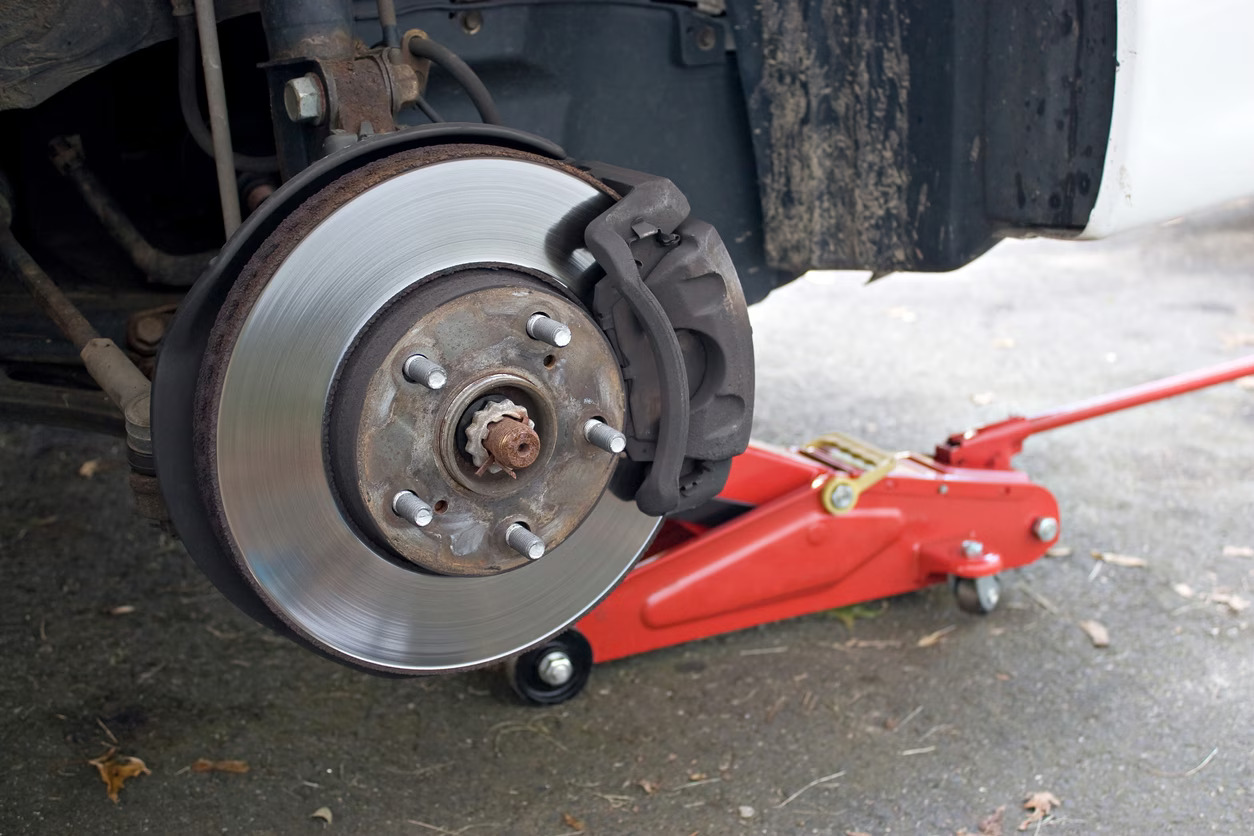

Articles
Do You Need To Replace Calipers When Replacing Rotors
Modified: January 8, 2024
Learn about the importance of replacing calipers alongside rotors with our informative articles. Ensure your brake system performs at its best.
(Many of the links in this article redirect to a specific reviewed product. Your purchase of these products through affiliate links helps to generate commission for Storables.com, at no extra cost. Learn more)
Introduction
When it comes to maintaining and replacing various components of your vehicle’s braking system, it’s important to understand which parts may need attention. Two key components that play a crucial role in your vehicle’s braking performance are the brake calipers and rotors.
Brake calipers are the devices responsible for squeezing the brake pads against the rotors, causing friction and ultimately slowing down or stopping the vehicle. On the other hand, brake rotors, also known as brake discs, are the flat, metal discs that the brake pads clamp onto.
In this article, we will delve deeper into the world of brake calipers and rotors to determine whether it is necessary to replace calipers when replacing rotors. We will explore the signs of caliper and rotor damage, factors to consider before replacing them, and scenarios where it is necessary or not to replace both components together.
Understanding the relationship between brake calipers and rotors is crucial because both components work in harmony to ensure your vehicle’s braking system functions optimally. By familiarizing ourselves with these components, we can make informed decisions regarding their replacement and maintenance.
It’s important to note that each vehicle and situation may vary, so consulting with a trusted mechanic or following manufacturer recommendations is always advised. Let’s dive into the world of brake calipers and rotors to gain a better understanding of when and why they may need to be replaced.
Key Takeaways:
- Regular inspections, prompt attention to signs of damage, and adherence to manufacturer recommendations are crucial for maintaining optimal brake performance and safety.
- While severe damage or extensive wear may necessitate replacing calipers and rotors together, minimal damage or intact functionality may allow for replacing only the worn-out component.
Read more: How Much To Replace Calipers And Rotors
Understanding Brake Calipers and Rotors
Before we delve into the discussion of whether calipers need to be replaced when replacing rotors, let’s first understand what brake calipers and rotors are and how they work together.
Brake calipers are components of the braking system that house the brake pads and apply pressure to the rotors. Typically located near the wheels, calipers are responsible for converting hydraulic pressure from the master cylinder into mechanical force to clamp the brake pads against the rotors.
Brake rotors, also known as brake discs, are flat metal discs that rotate with the wheel. When the brake pedal is pressed, the calipers squeeze the brake pads onto the rotors, creating friction. This friction generates the necessary resistance to slow down or stop the vehicle.
The cooperation between brake calipers and rotors is critical for effective braking performance. When the brake pedal is pressed, hydraulic fluid from the master cylinder flows into the calipers, causing the pistons inside the calipers to move outward. These pistons then apply pressure to the brake pads, forcing them to squeeze against the spinning rotors. The friction created between the pads and rotors is what causes the vehicle to slow down or come to a complete stop.
It’s important to note that both brake calipers and rotors are designed to withstand significant heat and wear. However, over time, they can become damaged or worn out. This raises the question of whether both components need to be replaced simultaneously when one shows signs of damage.
In the following sections, we will explore the signs of caliper and rotor damage and factors to consider before determining whether both components should be replaced together.
Signs of Brake Caliper and Rotor Damage
Before deciding whether it is necessary to replace brake calipers when replacing rotors, it’s important to recognize the signs of damage in both components. Let’s take a closer look at the common signs of brake caliper and rotor damage.
Common Signs of Brake Caliper Damage
1. Uneven Brake Pad Wear: If you notice that the brake pads on one side of the vehicle are significantly more worn than the other side, it may indicate a damaged caliper. A faulty caliper can cause uneven pressure distribution, resulting in uneven wear on the brake pads.
2. Leaking Brake Fluid: A leaking brake caliper is a clear sign of damage or wear. If you see brake fluid dripping or a wet spot near the caliper, it may indicate a seal failure or a damaged caliper piston. It’s crucial to address this issue promptly, as brake fluid leaks can lead to a loss of braking power.
3. Sticking or Seized Caliper: A sticking caliper occurs when the caliper fails to release properly, keeping the brake pads in contact with the rotor even when the brake pedal is released. This can cause excessive heat, accelerated pad wear, and reduced fuel efficiency.
4. Squealing or Grinding Noise: If you hear high-pitched squealing or grinding noises when applying the brakes, it may indicate a damaged or seized caliper. The friction between the brake pads and rotor can cause these noises, signaling the need for caliper inspection and potential replacement.
Common Signs of Brake Rotor Damage
1. Vibration or Pulsation: If you feel a pulsating or vibrating sensation in the brake pedal when braking, it may be a sign of rotor damage. Warped or unevenly worn rotors can cause this vibration, affecting the smoothness of your braking experience.
2. Scoring or Grooves: Inspect the surface of the rotors for deep scoring or grooves. These can occur due to excessive wear or the presence of foreign particles between the brake pads and rotors. Severely scored or grooved rotors may need to be replaced to ensure optimum braking performance.
3. Thickness Variation: Rotors should have consistent thickness across their surface. If you notice variations in thickness, it may indicate rotor wear or uneven rotor cooling. This can lead to decreased braking efficiency and should be addressed promptly.
4. Excessive Heat and Fading: Overheating brake rotors can cause them to lose their ability to dissipate heat effectively. This can result in reduced braking power and a phenomenon known as brake fade. If you consistently experience a loss of braking effectiveness after prolonged braking, it may indicate rotor damage or overheating.
It’s important to note that these signs may not always indicate severe damage, and a proper inspection by a qualified mechanic is recommended to accurately diagnose the condition of the calipers and rotors.
Read more: When Do Gutters Need To Be Replaced
Factors to Consider Before Replacing Calipers and Rotors
Before deciding whether to replace both brake calipers and rotors together, there are several factors to consider. Let’s explore these factors to help you make an informed decision.
Severity of Damage
The severity of damage to the brake calipers and rotors plays a crucial role in determining whether they should be replaced together. If the damage is minor or limited to one component, it may be possible to repair or replace only the affected part. However, if the damage is extensive or compromises the functionality of both components, it may be wiser to replace both.
Age and Mileage of the Vehicle
The age and mileage of your vehicle can also influence the decision to replace calipers and rotors together. If your vehicle is relatively new with low mileage, it may be more cost-effective and efficient to replace only the damaged component rather than replacing both. On the other hand, if your vehicle is older with high mileage, replacing both calipers and rotors as a preventive measure can provide better overall performance and longevity.
Manufacturer Recommendations
Manufacturers often provide specific recommendations regarding the replacement of brake calipers and rotors. It’s important to consult your vehicle’s owner manual or contact the manufacturer to understand their recommendations for replacement intervals and whether calipers and rotors should be replaced together. Following manufacturer guidelines can help ensure optimal performance and maintain any existing warranties.
Read more: How Do You Know When Calipers Are Bad
Budget Constraints
Financial considerations are crucial when deciding whether to replace calipers and rotors together. Replacing both components simultaneously can be more expensive than replacing just one. If budget constraints are a concern, and the damage to one of the components is not severe, it may be more feasible to replace only the damaged part and monitor the other component closely for any signs of wear or damage.
Ultimately, the decision to replace calipers and rotors together depends on a combination of these factors. It’s recommended to consult with a qualified mechanic to assess the specific condition of your braking system and receive expert advice tailored to your vehicle’s needs.
When to Replace Calipers and Rotors Together
While it is not always necessary to replace calipers when replacing rotors, there are certain scenarios where it is recommended to replace both components together. Let’s explore these situations:
When Calipers Cannot Be Repaired
If the brake calipers are severely damaged, corroded, or suffer from internal leaks, they may be beyond repair. In such cases, it is advisable to replace the calipers along with the rotors. Attempting to repair extensively damaged calipers can compromise the safety and performance of your braking system.
When Rotors are Warped or Severely Damaged
Warped or severely damaged rotors can significantly affect the braking performance of your vehicle. If the rotors are out of spec, have deep scoring, or are excessively worn, it is recommended to replace both the calipers and rotors together. This ensures a proper fit, optimal brake pad contact, and effective heat dissipation for reliable braking performance.
Replacing calipers and rotors together in these cases allows for better compatibility and ensures the longevity of the braking system. It also minimizes the risk of premature wear and potential damage to other newly replaced components.
Read more: How To Know If You Need New Calipers
When Cost and Efficiency Concerns Exist
In some scenarios, replacing both calipers and rotors together can be more cost-effective and efficient in the long run. While it may seem costlier upfront, addressing both components simultaneously can save you money by avoiding frequent repairs or replacements in the near future.
Additionally, replacing both components together can improve the overall efficiency of your braking system. New calipers and rotors work in harmony, providing balanced pressure distribution and optimal friction for smooth and controlled braking. It can also prevent potential issues caused by mismatched components or uneven wear patterns.
It’s important to note that the decision to replace calipers and rotors together should be based on the evaluation of a trusted mechanic or following manufacturer recommendations. They can assess the specific condition of your braking system, provide expert advice, and help you make an informed decision.
When it is Not Necessary to Replace Calipers when Replacing Rotors
While there are situations where it is recommended to replace calipers and rotors together, there are also instances where it is not necessary to replace the calipers when replacing the rotors. Let’s explore these scenarios:
Minimal Caliper Damage with Intact Functionality
If the brake calipers show minimal damage, such as minor surface corrosion or wear, but maintain their functionality, it may not be necessary to replace them when replacing the rotors. Surface-level damage or cosmetic issues generally do not affect the overall performance or safety of the calipers.
In such cases, a thorough inspection by a qualified mechanic can determine if the calipers are still in good working condition. If the functionality is intact and there are no signs of severe damage or leaks, it may be sufficient to replace the rotors and continue using the existing calipers.
Limited Rotor Wear and Functionality
If the rotors show limited wear and are still within the manufacturer’s specifications, it may not be necessary to replace the calipers when replacing the rotors. When the rotors have even wear patterns, are not warped, and still provide sufficient stopping power, there is no immediate need to replace the calipers.
In such situations, it is crucial to determine the remaining lifespan of the calipers. If they are still in good working condition and capable of delivering proper clamping force, it may be more cost-effective to replace only the worn-out rotors and continue using the existing calipers.
It’s important to note that the decision to replace calipers when replacing rotors should be based on the evaluation of a trusted mechanic. They can assess the specific condition of the calipers, determine their functionality, and provide expert advice tailored to your vehicle’s needs.
Additionally, following manufacturer recommendations is crucial in determining whether it is necessary to replace the calipers when replacing the rotors. They may provide insights specific to your vehicle make and model, taking into account factors such as safety, performance, and warranty considerations.
Remember, the primary goal is to ensure the safety and optimal performance of your vehicle’s braking system. Consulting with a trusted professional will help you make an informed decision and maintain the longevity of your braking components.
Read more: How Do You Read Calipers
Conclusion
When it comes to the question of whether calipers need to be replaced when replacing rotors, the answer depends on various factors. Understanding the role of brake calipers and rotors in the braking system is crucial in making informed decisions about their replacement.
Signs of caliper and rotor damage such as uneven brake pad wear, leaking brake fluid, sticking calipers, or unusual noises should not be ignored. Identifying these signs early can help prevent further damage and ensure the safety of your vehicle.
Factors such as the severity of the damage, age and mileage of the vehicle, manufacturer recommendations, and budget constraints should all be taken into account before deciding to replace calipers and rotors together. In cases where the calipers cannot be repaired, the rotors are warped or severely damaged, or cost and efficiency concerns exist, it is generally recommended to replace both components simultaneously.
However, it is important to note that in scenarios where minimal caliper damage with intact functionality is present or limited rotor wear and functionality exist, it may not be necessary to replace calipers when replacing rotors. A thorough inspection by a qualified mechanic and adherence to manufacturer recommendations can help make an informed decision in such cases.
Ultimately, the goal is to ensure the safety, efficiency, and longevity of your vehicle’s braking system. Regular inspections, proper maintenance, and prompt attention to any signs of damage are essential to keep your brakes in optimal condition.
Consulting with a trusted mechanic and following manufacturer guidelines will provide the best guidance for determining whether calipers need to be replaced when replacing rotors. By doing so, you can ensure the continued performance and reliability of your braking system, providing you with peace of mind on the road.
Frequently Asked Questions about Do You Need To Replace Calipers When Replacing Rotors
Was this page helpful?
At Storables.com, we guarantee accurate and reliable information. Our content, validated by Expert Board Contributors, is crafted following stringent Editorial Policies. We're committed to providing you with well-researched, expert-backed insights for all your informational needs.
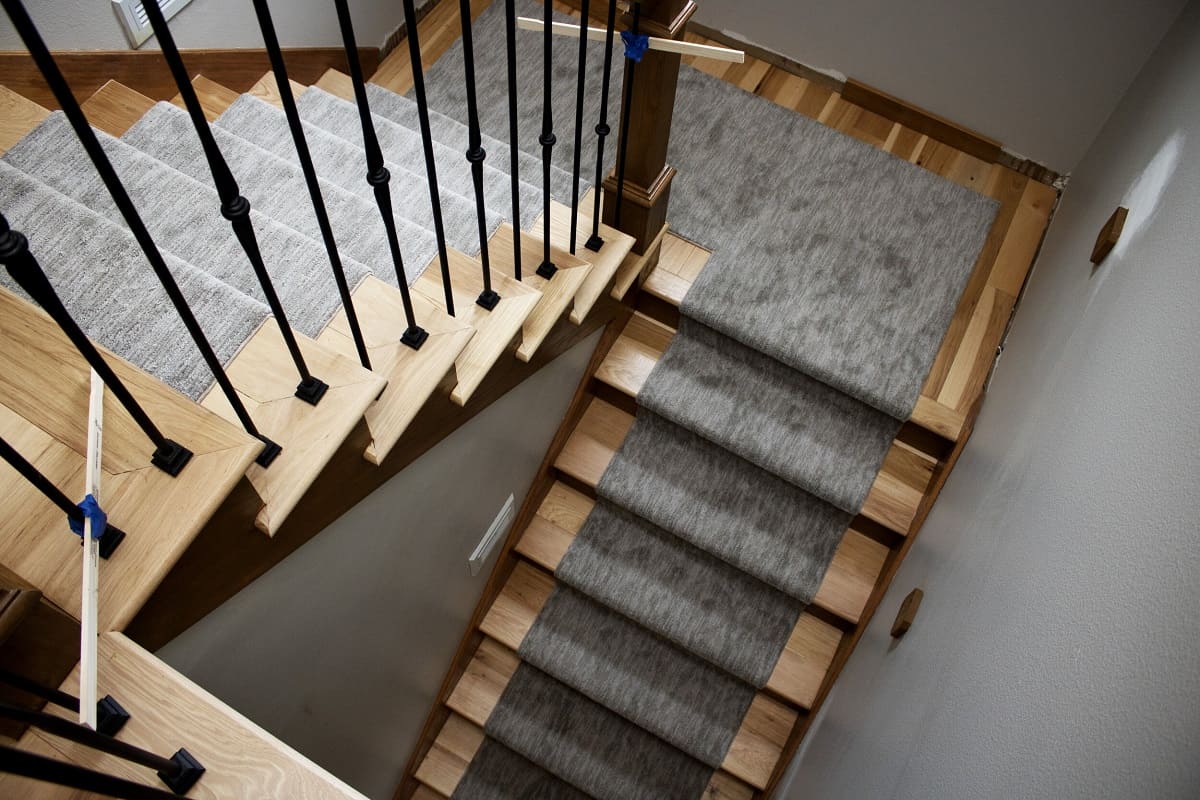

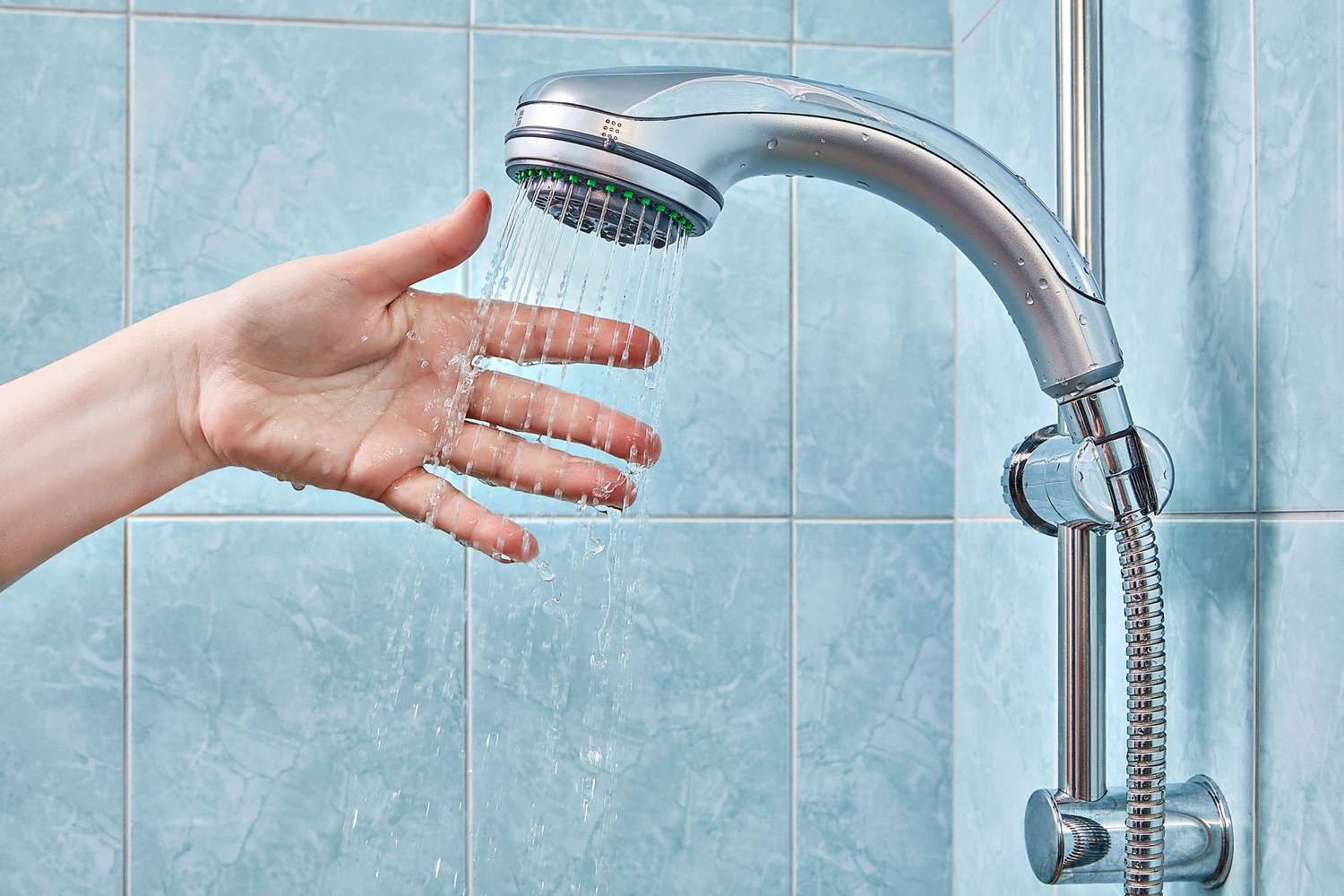



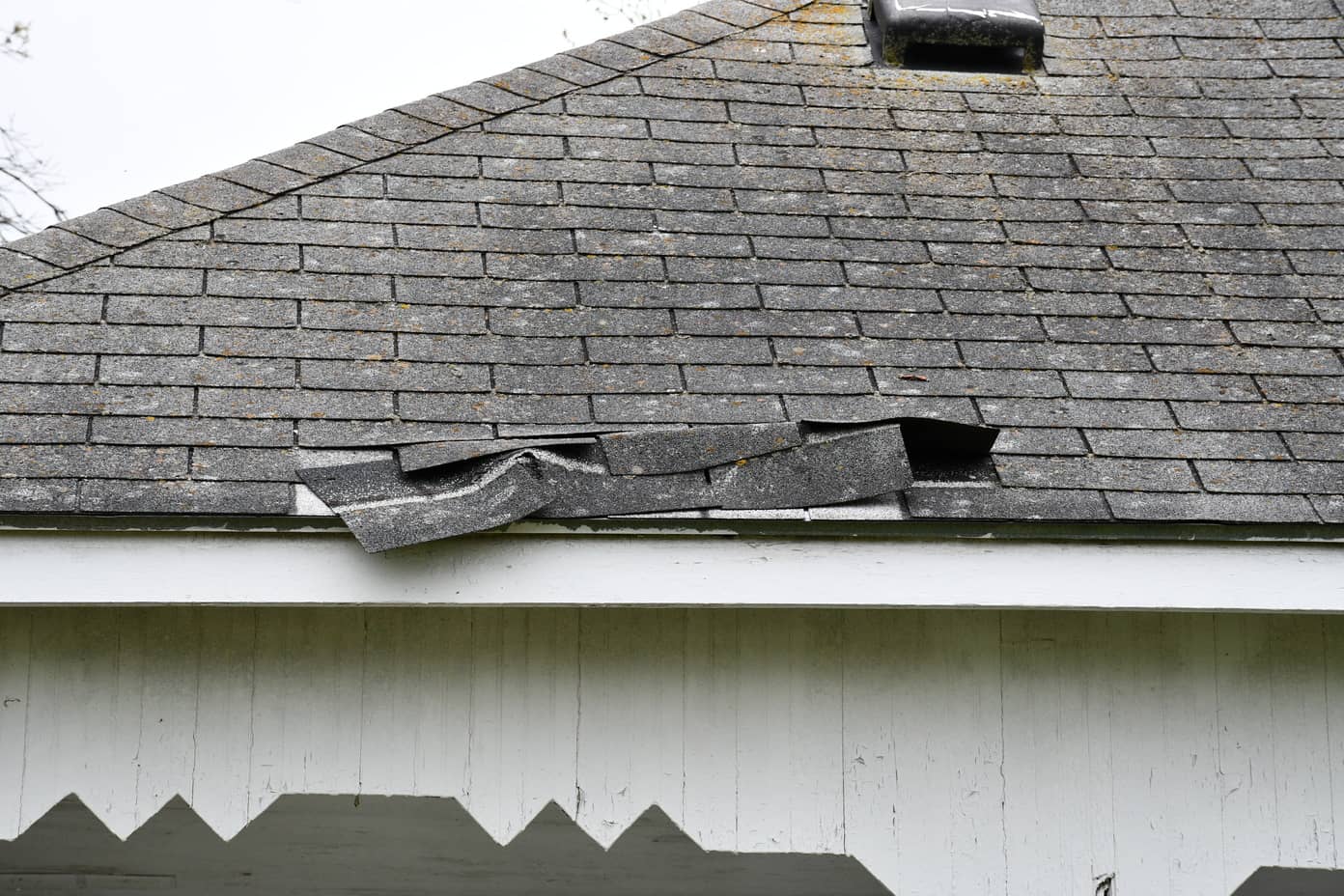
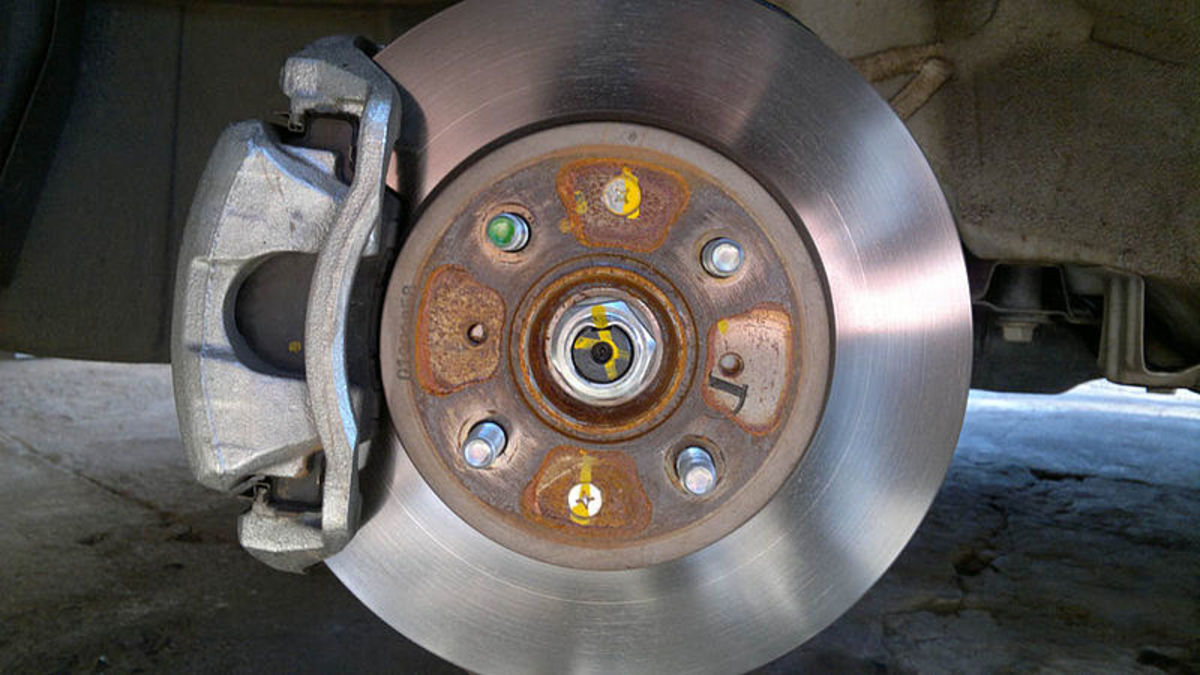
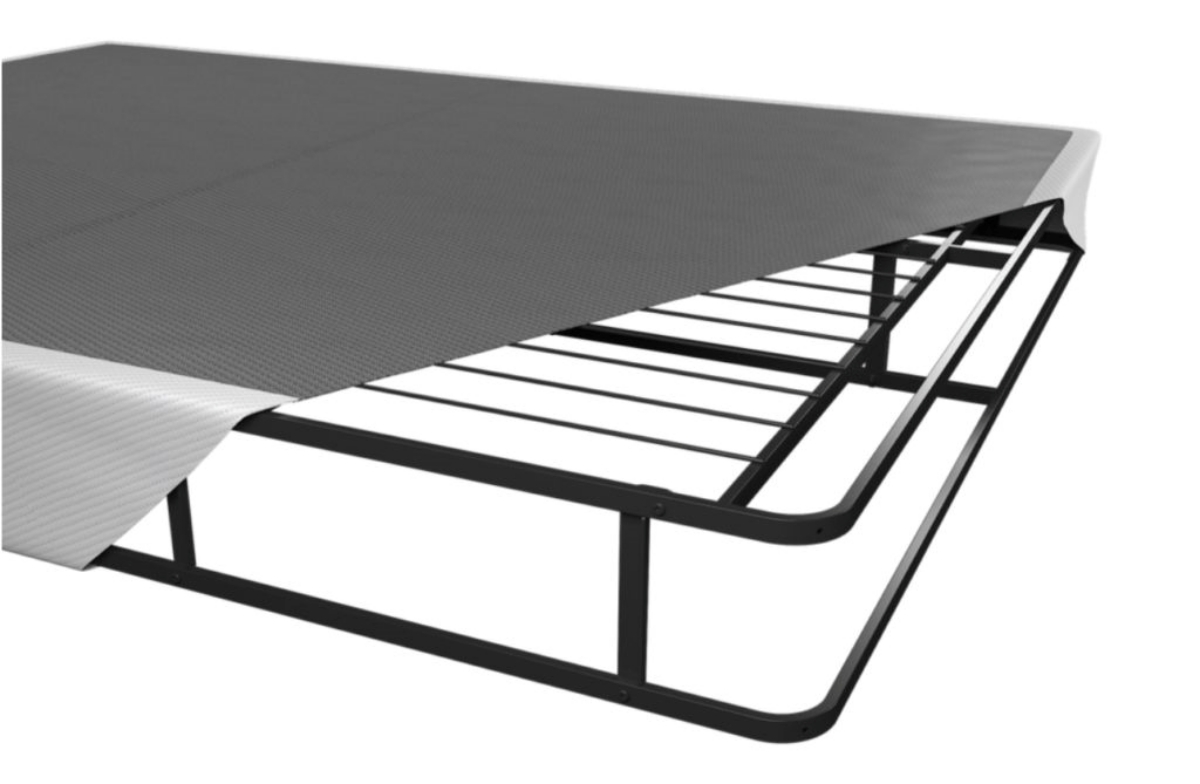

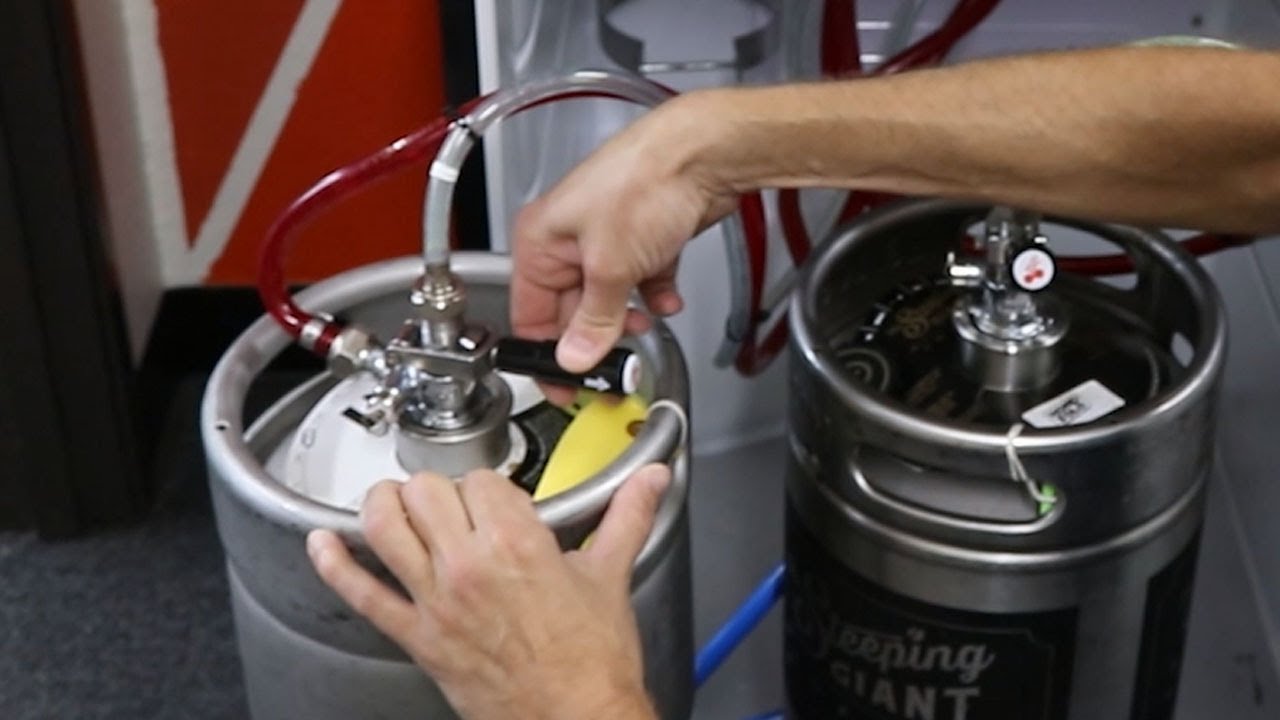

0 thoughts on “Do You Need To Replace Calipers When Replacing Rotors”